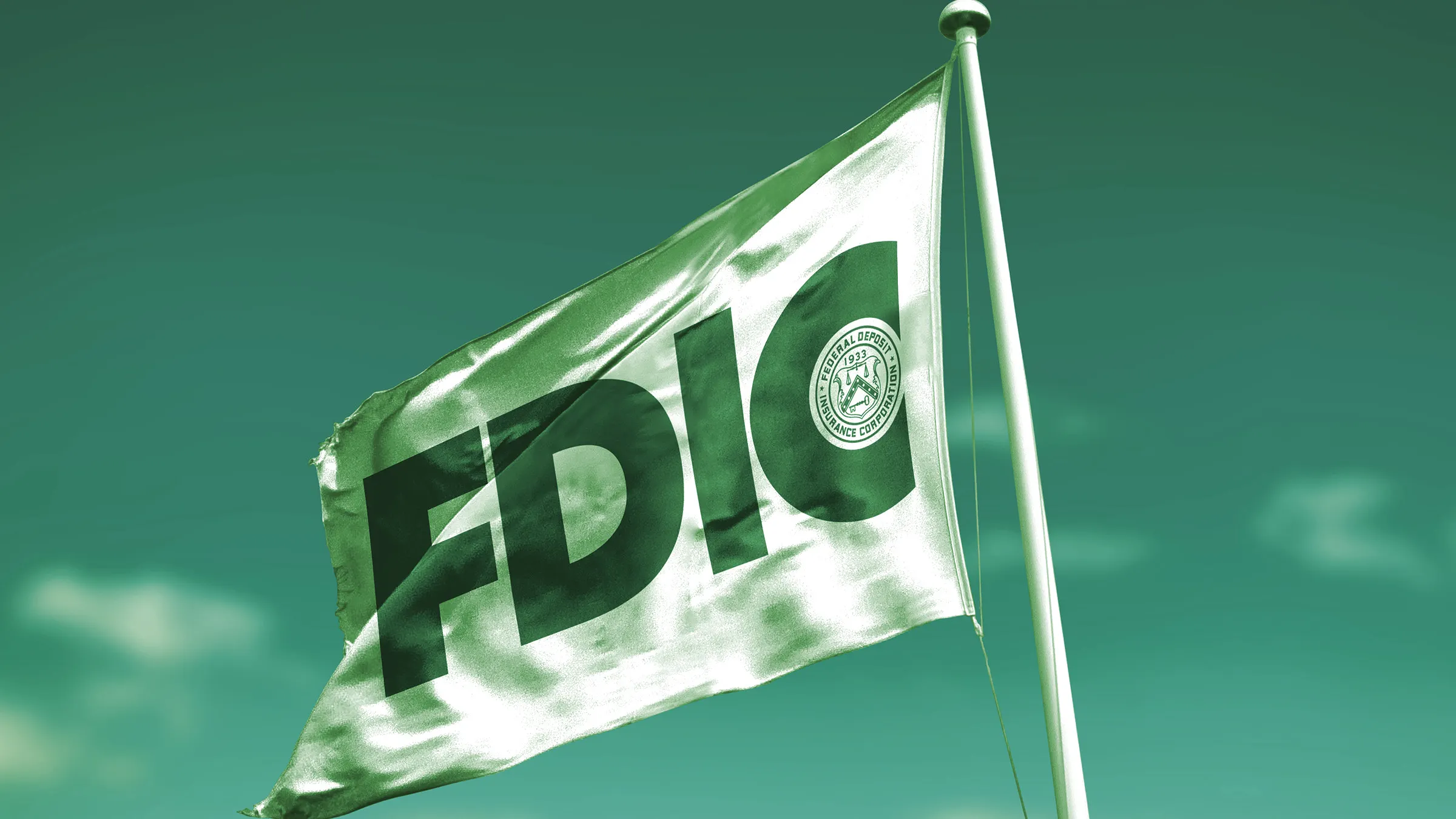With hours to go before the trading day begins in Asia, top U.S. regulators have mulled guaranteeing all deposits at Silicon Valley Bank to prevent broader panic in the global financial sector, the Washington Post reported late Sunday.
Among the Federal Reserve, U.S. Treasury, FDIC, and White House, an outright buyer for the failed bank is the best-case scenario. "Most bank failures are resolved that way and enable depositors to avoid losing any money," according to the Post. The FDIC reportedly launched an auction for SVB assets yesterday, with final bids due at 2 p.m. EST.
That leaves them fewer than six hours before the trading markets open in Shanghai and Tokyo, where the global impact of the bank's failure late last week will become clear.
One of the options on the table includes providing a "backstop" for all uninsured deposits at Silicon Valley Bank, the Post reported, quoting an anonymous source as saying that federal officials are mulling a "legal and politically justifiable way to protect all uninsured deposits."
Such a move would not technically be a bailout—something Treasury Secretary Janet Yellen ruled out over the weekend—as it would tap into an insurance fund paid into by U.S. banks rather than falling back on taxpayer funds.
Silicon Valley Bank was among the 20 largest banks in the U.S. when it failed Friday after a bank run by customers. California state regulators placed the bank under the control of the FDIC, which in turn created a new entity—the Deposit Insurance National Bank of Santa Clara—through which to manage remaining assets.
The FDIC guarantees deposits at member banks for up to $250,000, but many Silicon Valley Bank customers kept significantly larger balances. The bank catered to tech companies and startups, describing itself as "the financial services partner for the innovation economy," and many firms deposited the proceeds of entire fundraising rounds.
According to Silicon Valley Bank's most recent regulatory filings, more than 85% of its deposits were uninsured.
The Silicon Valley Bank Twitter account, @SVB_Financial, was also deleted on Sunday.
To proceed with the "backstop," Silicon Valley Bank's failure would have to be classified as part of "systemic risk" and agreed to by multiple regulatory bodies. This is a high bar, as many financial industry analysts remained confident in the stability of the U.S. financial sector despite Silicon Valley Bank's collapse.
“This isn’t a systemic event—this is a midsize bank that was badly managed,” University of Chicago business professor Anil Kashyap told the Post. “It may be a little messy, but that’s different than if you have somebody at the core of the financial system stop making payments to somebody else at the core of the system and then the core implodes."
Others, meanwhile, stepped up criticism of federal regulators, asserting that the collapse of Silicon Valley Bank revealed shortcomings in their practices.
The Post report is attributed to three people with knowledge of the matter, who spoke on the condition of anonymity to describe private deliberations. None of the cited agencies commented on the record.
Daily Debrief Newsletter
Start every day with the top news stories right now, plus original features, a podcast, videos and more.

